Characters are the beating heart of every compelling story. When written well, they are vibrant forces that breathe life into the pages and make tales unforgettable. But what truly distinguishes a memorable character from a forgettable one? It’s often those delightful idiosyncrasies, those character quirks, that make them feel unique, real, and relatable.
In this guide, we show you what these little gems are, how to write them, and provide some inspiration in the form of 360 of these special character traits that can transform ordinary characters into extraordinary ones. So, join us as we unlock the secret to crafting characters that leap off the page and into our hearts.
What Are Character Quirks?

Character quirks are unique and noteworthy behavioral traits or habits that add depth and complexity to a character, making them more believable and relatable to the audience.
They encompass a wide range of behaviors, both overt and subtle and can manifest in the way a character talks, moves, or interacts with others. For example, they might have a habit of constantly tapping their fingers, using a unique catchphrase, being obsessed with cleanliness, or constantly adjusting their glasses.
Quirks are idiosyncratic behaviors that set a character apart from the norm. These behaviors might be unusual, charming, eccentric, or even annoying, but they make characters feel like individuals rather than stereotypes.
They can help authors make characters emotionally appealing to their readers. The audience may relate to or be amused by a character’s quirks, fostering a sense of connection and empathy and leaving a lasting impression. Think of iconic characters like Sherlock Holmes with his violin-playing or Sheldon Cooper’s obsession with knocking on doors three times on “The Big Bang Theory.” These quirks define them and contribute to their enduring popularity.
Character Development Quiz (Easy)
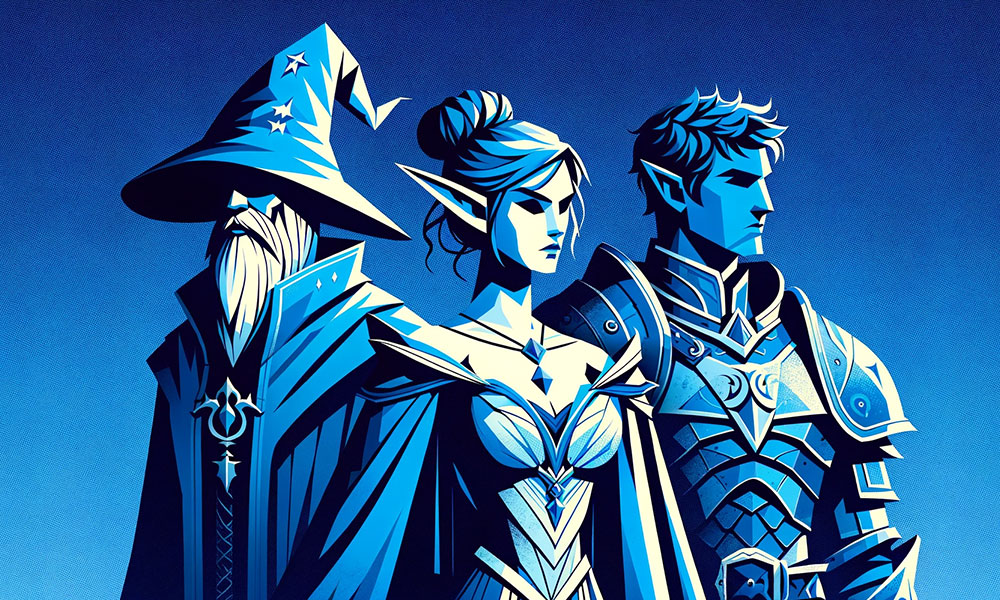
Why are Character Quirks Important?

Character quirks are important because they add depth, individuality, and relatability to fictional characters. This can help readers to connect with them and care about what happens to them, which increases the emotional impact of your story.
Additionally, they can reveal a character’s inner thoughts and feelings, and thereby help the author show instead of tell. For example, a character who always fidgets with their hands may be nervous or anxious, while one who always has a joke on their lips may be trying to mask their pain or insecurities. By paying attention to a character’s quirks, readers can learn a lot about who they are and what they’re going through.
Quirks can also be a source of conflict and tension within a story, and thereby help the author come up with exciting directions for the plot. They can create misunderstandings, clashes with other characters, or even serve as obstacles that the protagonist must overcome. For instance, a character who compulsively tells lies might find themselves in numerous tricky situations due to their fabrications, or a detective with a phobia of spiders may try to catch a psychopathic serial killer who tortures him with spiders.
Difference Between Character Quirks, Flaws, and Traits
Character traits are the foundational aspects of a character’s personality, character flaws are negative traits that create conflict and complexity, and character quirks are distinctive behaviors that add uniqueness and depth to a character without necessarily being tied to their core traits or flaws. All three elements play a crucial role in crafting well-rounded and engaging characters in storytelling, but they serve different purposes. Let’s explore in more detail.
Character Traits
Traits are fundamental qualities or attributes that define a character’s personality. They can be positive, negative, or neutral and encompass a wide range of characteristics like honesty, kindness, intelligence, arrogance, ambitiousness, or compassion. Character traits provide a foundation for understanding a character’s behavior, choices, and interactions with others.
Character Flaws
Flaws are negative traits or imperfections that hinder a character’s progress or lead to their downfall. They create internal and external conflicts in a story and often contribute to a character’s development and growth. Flaws can be moral, psychological, or behavioral, and include qualities like pride, jealousy, impulsiveness, or dishonesty.
Character Quirks
Quirks are unique, specific behaviors, habits, or idiosyncrasies that set a character apart and make them memorable. These are often unrelated to a character’s core traits or flaws but still add depth and individuality to their personality. They can be endearing, peculiar, or amusing and include examples like humming when nervous, collecting vintage postcards, or always wearing mismatched socks.
Character Quirk Examples
Let’s look at two memorable examples of character quirks from literature, along with a contemplation of what each contributes to the character and the story.
Hannibal Lecter from “The Silence of the Lambs”
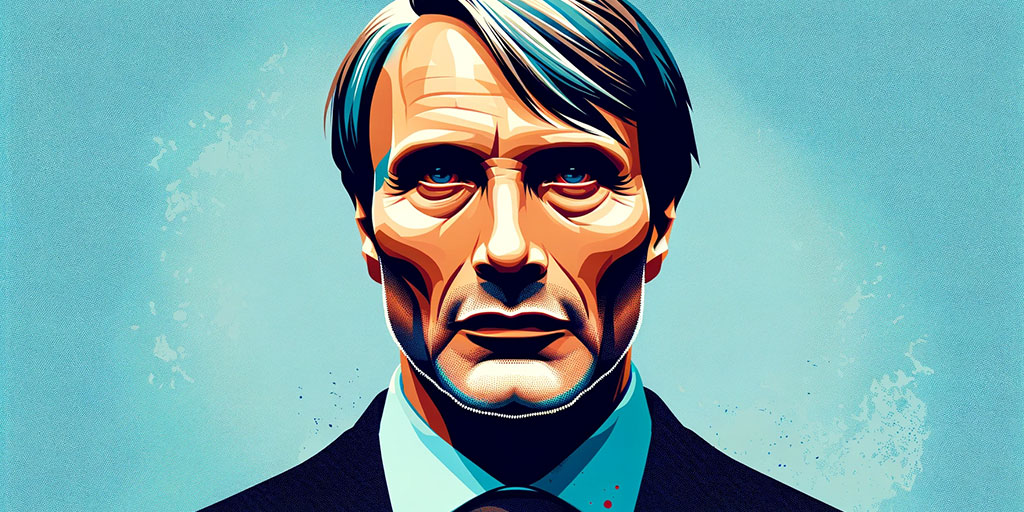
In a series of four novels of which “The Silence of the Lambs” is the best known, Thomas Harris created Hannibal Lecter as a monstrous, cannibalistic serial killer who tortured animals as a child and feels no guilt or remorse for his actions. So far, so typical.
But instead of being a barbarous villain typical to the type, he is an intelligent and highly cultured forensic psychiatrist with impeccable manners and a penchant for gourmet cooking, fine dining, art, and classical music.
His culinary quirk is both disturbing and intriguing. It underscores his sophistication, making him a truly terrifying yet fascinating antagonist, such as when he describes himself as eating a census taker’s liver “with some fava beans and a nice Chianti”.
His appreciation of good manners also serves as a striking contrast and comparison with his own behavior, and almost adds some sympathetic elements to his character. For example, he detested rude people and made a point of killing and eating them. We learn in the last novel that the first person he ever killed was a vial racist, adding a Robin Hood element to his disgusting behavior.
These quirks become a recurring motif that adds layers of complexity to his character and the series’ psychological suspense.
Jay Gatsby from “The Great Gatsby”
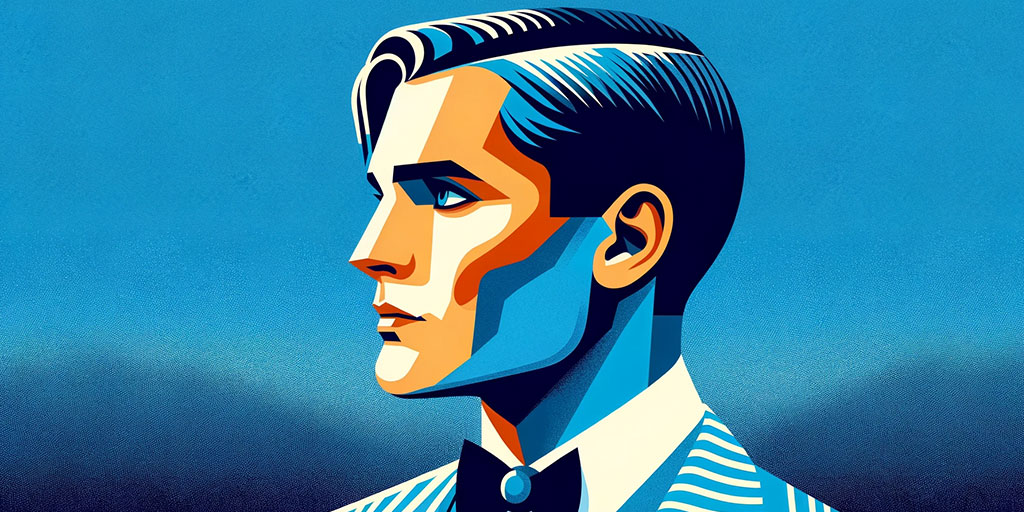
Jay Gatsby, the enigmatic protagonist of F. Scott Fitzgerald’s “The Great Gatsby,” possesses several idiosyncrasies that contribute significantly to the story’s depth and complexity.
One of the most prominent is his hosting of lavish, over-the-top parties every weekend at his mansion, which he hardly ever attends himself.
This quirk serves as a symbol of his unrequited love for Daisy Buchanan. It also highlights the loneliness and emptiness that lie beneath his extravagant facade. These parties symbolize the excesses and superficiality of the Jazz Age and the upper echelons of society. Additionally, they create an atmosphere of grandeur and opulence, contrasting with the underlying themes of disillusionment and moral decay in the story.
Another of Gatsby’s quirks is his mysteriousness about his past and background, and his tendency to make up elaborate stories about his life.
His elusive past adds an aura of intrigue and mystique to his character. His invented persona and fabricated stories exemplify the theme of reinvention and the pursuit of the American Dream. This quirk keeps readers and other characters in the story guessing about who he truly is and what motivates him, contributing to the overall sense of mystery and suspense.
Ultimate List of 360 Character Quirks
If you need some inspiration for enriching your characters with quirky traits to make them more memorable or to help you develop new plot directions, we have compiled the ultimate list of quirks, each brimming with potential to spark your creativity, fuel your characters’ uniqueness, and breathe life into your storytelling. Feel free to explore, mix, match, and transform these quirks to your heart’s content, as you Infuse vitality into your characters.
Appearance Quirks
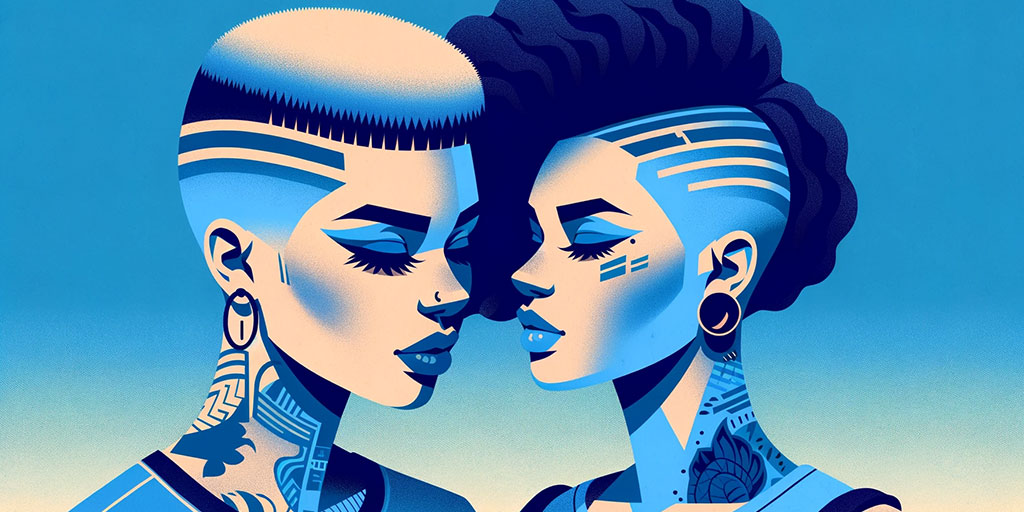
Stepping into the captivating domain of appearance quirks, we explore the intricate facets of character design that go far beyond skin deep. These quirks, often defined by a character’s physical attributes, not only shape their outward identity but also offer a unique lens through which readers can perceive and connect with them.
- Has freckle constellations
- Wears mismatched socks
- Wears a signature accessory like a fedora, vintage brooch, or bright scarf.
- Has a penchant for vintage hairstyles
- Has an extensive collection of tattoos
- Has unusual piercings
- Frequently changes hairstyles, e.g., afros, braids, dreadlocks
- Is extremely short or tall
- Uses interesting nail art
- Has large or small feet
- Wears fingernail rings
- Has unique eye or hair color
- Is unusually hairy
- Has eyes that change color according to mood
- dresses in colors that match their surroundings
- Is muscular or athletic
- Wears one earring at a time
- Dons unique hairpins, clips, and barrettes
- has asymmetrical features
- Experiments with avant-garde or unconventional makeup styles
- Wears braces
- Applies elaborate temporary tattoos
- Wears clothes that don’t match the weather
- Maintains many elaborate and distinctive facial hair styles
- Shapes their facial hair into attention-grabbing designs
- Has disheveled hair
- Wears quirky and unique eyeglasses
- Wears jewelry with intricate symbols or charms
- has a physical tic
- Wears knockoffs or designer clothes
- Walks barefoot
- Dyes their hair in vibrant or unconventional colors
- Wears perfectly pressed clothes
- Uses temporary hair chalk to color sections of their hair
- Dons the same color every day
- Wears flowers or flower crowns
- Dresses in revealing clothing
- Applies different perfumes every day
- Looks disheveled
- Has a unique scar or birthmark
- Wears fingerless gloves
- Wears animal-print clothing
- Wears different colored contact lenses
- Dyes their eyebrows
- Embraces an all-natural appearance
- Paints each fingernail a different color
- Wears mismatched clothing
- Sports geometric patterns and shapes in their makeup
- Has natural streaks of different colors in their hair
- Wears healing crystals
Movement Quirks
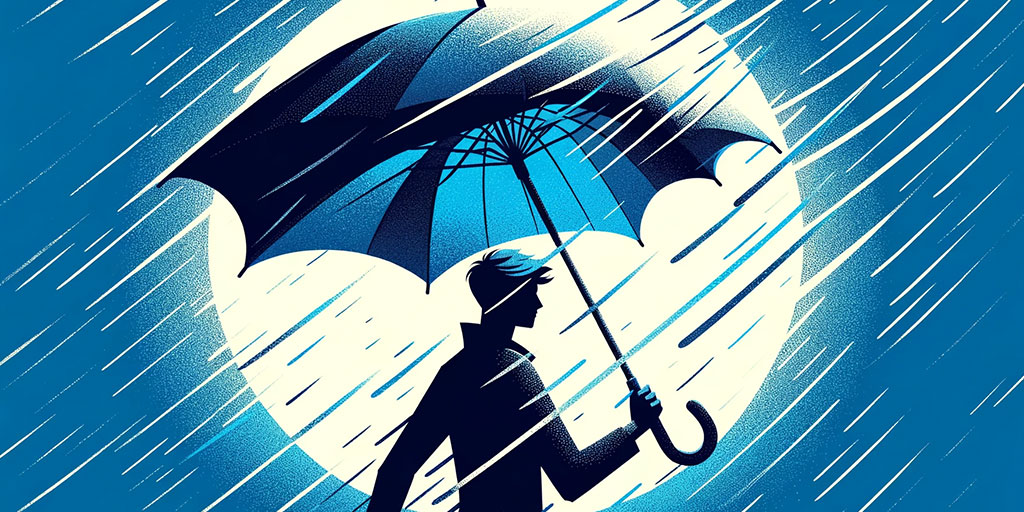
Now, let’s venture into the domain of movement quirks, where the way characters navigate their physical world becomes a fascinating aspect of their identity. These quirks, encompassing gestures, postures, and unique patterns of motion, offer a dynamic gateway to understanding the essence of our characters on a deeper, more visceral level.
- Moves with grace, athleticism, acrobatics, precision, etc.
- Walks with a penguin waddle
- Incorporates cartwheels into their daily routine
- Skips instead of walks
- Dances in rain puddles
- Performs moonwalks
- Possesses the balance and poise of a tightrope walker
- Lifts their knees high as if jumping over invisible hurdles
- Treats everyday environments like an obstacle course, hopping, swerving, and skipping
- Rests feet on furniture
- Slouches
- Maintains a brisk walking pace
- Balances on curbs, railings, or other narrow surfaces
- Shuffles their feet
- Tucks their hair behind their ears
- Incorporate martial arts stances into their everyday movements
- Picks their teeth
- Prefers rollerblades to walking shoes
- Cracks knuckles
- Moves extremely quietly, appears unexpectedly
- Flaps their arms gently when they’re excited or anxious
- Walks with a limp
- Is ambidextrous
- Marches with military precision instead of walking
- Twirls umbrellas
- Leans back or forward while sitting or standing
- Scratches themselves
- Walks with exaggerated swagger
Communication Quirks
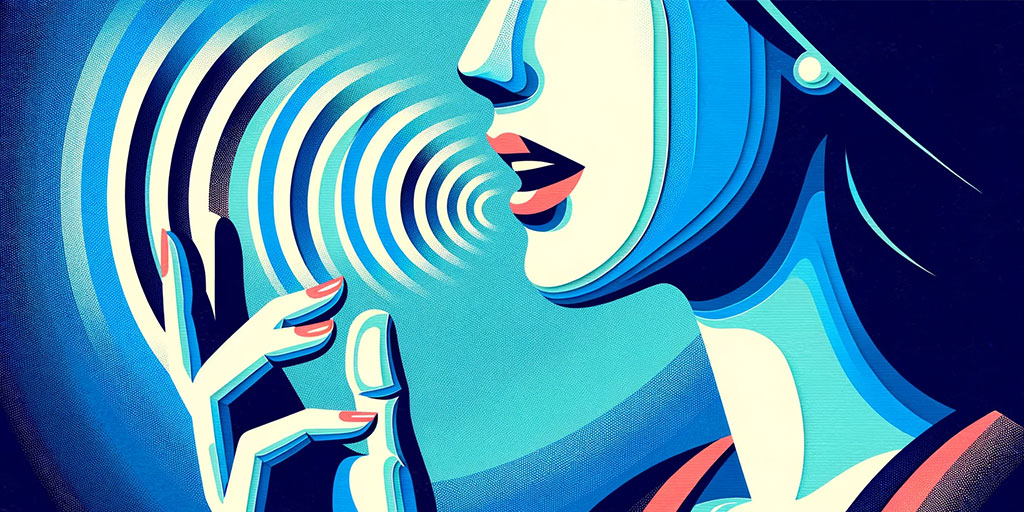
Embarking on our exploration of communication quirks, we dive into the intricacies of how characters express themselves, a realm where words, tones, conversational idiosyncrasies, and the nuances of their interactions unveil the essence of their personalities.
- Speaks in rhyme
- Incorporates puns and wordplay into their speech
- Inserts phrases or expressions from foreign languages
- Steers any conversation toward their favorite topics or interests
- Overuses emojis
- Exaggerates everything
- Speaks in a hushed or whispering tone
- Takes opposing viewpoints in social discussions, sparking debate and challenging the status quo
- Blurts out uncomfortable truths or observations in social situations
- Repeats the last word or phrase spoken to them
- Speaks slowly and deliberately
- Speaks in a monotone
- Avoids eye contact
- Speaks in a melodic sing-song
- Communicate primarily through analogies or metaphors
- Must have the last word
- Peppers their speech with quotes from movies
- Has nicknames for everyone
- Talks very fast
- Chats nervously to fill silences
- Interrupts others
- Uses dramatic pauses to emphasize their points
- Over-describes things
- Uses obscure and esoteric vocabulary
- Communicates primarily by asking questions
- Echoes their interlocutor’s speech and mannerisms
- Has a talent for storytelling
- Speaks as if they’re reading from a script
- Uses abbreviations and text message lingo while speaking
- Avoid using modern communication technology
- Snorts when laughing
- Incorporates historical references and stories into their speech
- Uses air quotes when talking
- Spontaneously breaks into poetry
- Mimics accents and voices
- Uses slang and colloquialisms
- Uses a specific filler word often
- Rolls their eyes often
- Speaks with theatrical inflection
- Conveys their thoughts through expressive gestures, facial expressions, and body language
Behavioral Quirks

Next, let’s embark on a journey through the captivating landscape of behavioral quirks. Here, we’ll unravel the unique patterns of action, habit, and reaction that define our characters’ daily lives, providing an intriguing glimpse into the depths of their personalities and motivations.
- Fidgets to relieve stress or boredom
- Counts loose change obsessively
- Constantly checks the time
- Keeps a meticulous record of weather conditions
- Clicks pens absentmindedly
- Taps their foot or drum their fingers along with music
- Documents their daily life in journals
- Collects peculiar or obscure items, e.g., vintage doorknobs, bottle caps
- Adheres to superstitious rituals, e.g., walking around ladders, wearing lucky socks
- Chews on toothpicks or other objects
- Twiddles buttons, switches, or knobs when nervous or thinking
- Is a chain smoker
- Knits or crochets obsessively
- Covers their workspace with colorful notes
- Clears their throat a lot
- Does Sudoku puzzles
- Whistles melodies wherever they go
- Meticulously organizes their spice rack, bookshelf, or any other space
- Paces while thinking
- Engages in solitary card games during downtime
- Collects and catalogs leaves, seashells, feathers, etc.
- Makes decisions by flipping a coin
- Makes lists for everything they must do
- Constantly chews gum
- Prefers to sit or stand in a specific place, e.g., back to the wall, facing the door, end of a row, etc.
- Spends hours in a specific place, e.g., library, coffee shop, beach
- Frequents charity shops and thrift stores, always on the lookout for hidden treasures
- Photographs or audio records everything around them
- Uses strange objects as bookmarks, e.g., tea bag tags, hair ribbons
- Tries to buy everything at bargain prices
- Disassembles and reassemble electronic devices
- Applies lip balm obsessively
- Rides escalators multiple times just for the thrill
- Adorns their cars and fridges with bumper stickers and fridge magnets
- Watches birds, fish, or animals everywhere they go
- Decodes license plates and inventing meanings for each
- Grow miniature plants in tiny pots everywhere from their offices to vehicles
Cognitive Quirks
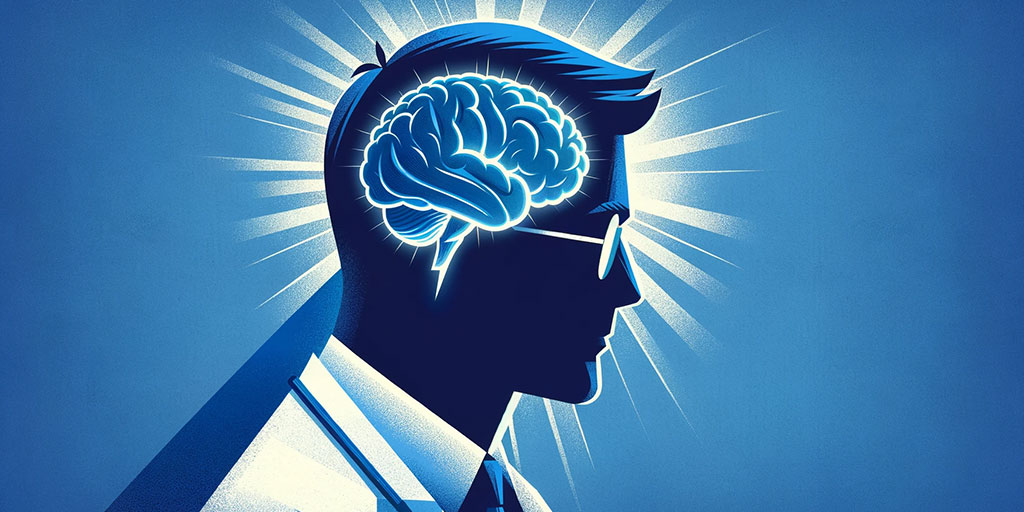
Entering into the realm of cognitive quirks, we delve into the fascinating intricacies of how characters process information, make decisions, and navigate the labyrinth of their thoughts. These quirks, manifested in distinctive thinking patterns and intellectual tendencies, serve as windows into the inner workings of our characters’ minds, shaping their worldviews and driving their actions.
- Remembers every detail of their life with exceptional precision
- Counts objects, steps, or occurrences compulsively
- Tends to think about events and situations from the past or future as if they were experiencing them in the present
- Analyzes everyday situations and decisions as if they’re playing chess, strategizing several moves ahead
- enjoys solving puzzles and see everyday challenges as mental puzzles to be unraveled
- Approaches problems from creative and logical angles interchangeably
- Seeks or creates words, phrases, or sentences that are palindromes
- Recognizes patterns in data, behavior, or nature, spotting connections that others miss
- Associates letters, numbers, or words with specific colors
- Interprets statements and instructions in the most literal way possible
- Exaggerates details in their mind, making small events seem monumental
- Thinks in abstract concepts and metaphors
- Has a knack for inventing unique and unconventional solutions
- Questions everything and is naturally skeptical
- Creates elaborate backstories and dialogues for people they observe in public
- Frequently contemplates deep philosophical questions
- Thinks in terms of color sequences or spectrums, organizing thoughts and ideas by color
- Can spot logical fallacies in arguments or statements
- Approaches everyday life with a scientist’s curiosity, understanding the world through empirical exploration
- Interprets their dreams as meaningful symbols and often seek guidance or insights from them
- Sees mathematical patterns in music, visualizing equations and formulas when listening to melodies
- Generates mind maps and flowcharts in their head to organize ideas and information
- Slips into vivid daydreams or fantasies at will, often losing track of the present moment
- Relies on mnemonic devices and memory techniques to remember large amounts of information
- Draws wisdom and insights from ancient philosophies and texts, often applying ancient principles to modern life
- Creates imaginary inventions and devices in their minds
Emotional Quirks
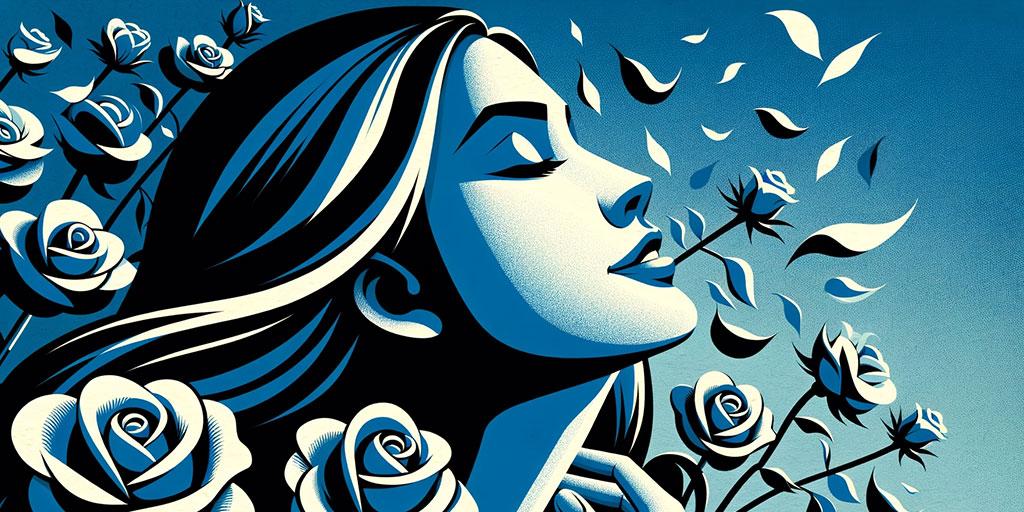
Let’s venture into the captivating territory of emotional quirks, where the intricate landscape of feelings and reactions takes center stage. In this realm, we explore the unique emotional patterns, triggers, and responses that define our characters’ inner worlds, offering readers a profound glimpse into the heart of their experiences and the depths of their humanity.
- Maintains a relentlessly positive outlook on life
- Anticipates negative outcomes and prepares for the worst-case scenario
- Deeply feels the emotions of others and become emotionally invested in others’ lives
- Feels overwhelmed by the emotions in their surroundings
- Is selectively empathetic, focusing intensely on specific individuals or situations
- Has a high tolerance for frustration and rarely experiences anger, even in situations that would provoke most people
- Has a penchant for collecting sentimental items, often attached to memories and emotions associated with them
- Uses humor as a coping mechanism, laughing in the face of adversity
- Has a stoic demeanor and rarely displays emotion, even in situations that would typically elicit strong reactions
- Experiences envy when they witness others’ success or happiness
- Experiences anxiety about the future, fearing potential negative outcomes and dwelling on uncertainty
- Unconsciously mimics the emotions of those around them
- Is quick to forgive and rarely holds grudges
- Struggles to forgive and holds onto grudges
- Experiences guilt over past actions or decisions
- Focuses on the positive and blissfully ignores problems
- Experiences sudden and intense waves of joy or sadness
- Dwells on past mistakes and regrets, sometimes to the point of obsession, constantly replaying their past in their minds
- Finds contentment in the simplest of pleasures and often savors the beauty of everyday life
- Needs frequent periods of solitude to process their emotions and thoughts
- Fears the consequences of their choices and often second-guessing themselves
- Remembers painful memories and emotions with vivid clarity
- Practices daily gratitude, appreciating the small joys and blessings
- Apologizes excessively, even for things that are not their fault
- Approaches emotional situations with a rational, problem-solving mindset, often suppressing their own feelings
- Occasionally bursts into tears unexpectedly, even where sadness is not apparent to others
- Finds humor in situations that are typically considered serious or solemn
- Has a knack for turning guilt into motivation, using past mistakes as fuel for self-improvement
- Is fiercely protective of their loved ones, often assuming the role of a caretaker and guardian
- Thrives on adversity and seek out challenges to overcome, finding satisfaction and purpose in conquering obstacles
- Feels most at ease when conforming to established norms and traditions, finding comfort in predictability
- Turns to impulsive actions or behaviors for comfort during times of stress or anxiety
- Daydreams about an idealized version of their life or the world
- Finds solace and healing in nature
- Keeps their vulnerabilities hidden behind a facade of strength and composure
- Celebrates achievements and milestones privately, finding joy in personal reflection and solitude
- Feels compassion and empathy, but mostly toward strangers or causes rather than their immediate circle
- Finds physical touch and closeness comforting
- Undergoes noticeable shifts in mood and emotion with changing seasons
- Uses outdoor adventures and adrenaline-inducing activities as a form of therapy
Sensory Quirks

Here, the senses become the gateway to understanding our characters in profound ways. These quirks, encapsulating how they perceive and interact with their environment through sight, sound, touch, taste, and smell, add rich layers to their sensory experiences, enabling readers to connect with their worlds on a visceral level.
- Has a heightened or diminished sense of smell
- Has a heightened or diminished sense of taste
- Can recall visual details with incredible accuracy
- Associates specific sounds or music with colors, shapes, or other sensory experiences
- Experiences flavors or tastes when hearing certain sounds or music
- Can mentally tune out or filter specific background noises, allowing them to focus on important sounds or conversations
- Is acutely aware of temperature changes
- Likes tactile sensations and often seek out different textures to touch and explore
- Has an extraordinary sense of body awareness and is exceptionally coordinated in their movements
- Enjoys balancing on various objects or surfaces
- Is open to trying unique and exotic foods
- Likes high-quality audio and is sensitive to nuances in sound quality
- Has a deep connection to color, associating specific emotions and experiences with different hues
- Actively seeks out sensory stimulation, whether through scents, textures, flavors, or sounds, to satisfy their sensory cravings
- Finds a specific taste to be unpleasant, e.g., mint, curry
- Is sensitive to visual clutter and feels overwhelmed in crowded or visually chaotic environments
- Is sensitive to noise and prefers silence or an environment close to it
- Has a unique way of matching textures, such as only wearing clothing with specific tactile qualities
- Has a strong connection between scents and memories, often recalling vivid memories triggered by specific smells
- Experiences strong emotions in response to certain sounds or melodies
- Is attuned to the sensation of wind on their skin
- Has a vivid imagination when it comes to visualizing the world in infrared or other non-visible light spectra
- Is good at perceiving the direction and distance of sounds
- Has a diminished sense in one sensory area (e.g., sight, hearing) but compensate by developing heightened sensitivity in other senses
- Associates specific dishes or cuisines with musical genres, creating a sensory fusion of taste and sound
- Engages in sensory-driven eating, craving specific textures or flavors to satisfy sensory cravings
- Possesses a natural talent for bat-like echolocation, using sound reflections to navigate their surroundings effectively
Moral Quirks
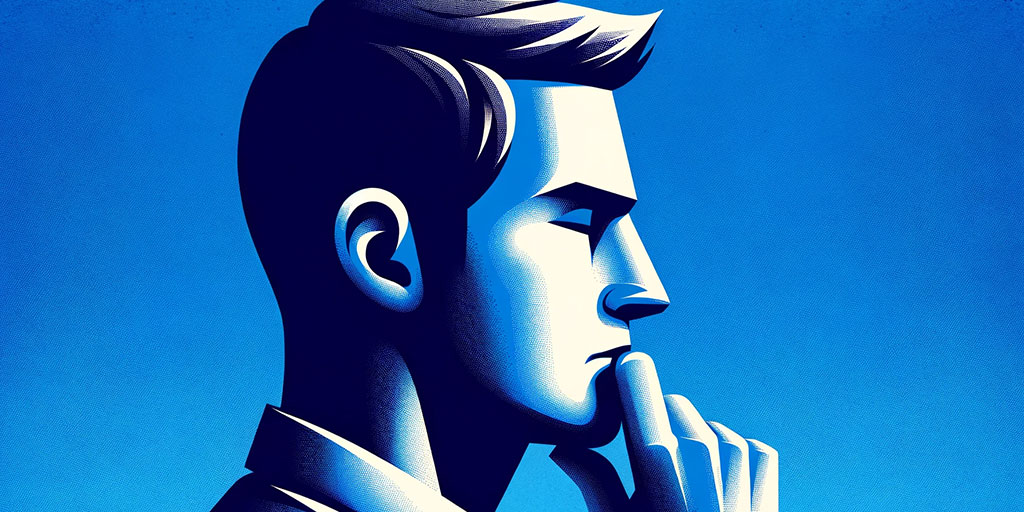
Next, we navigate the intriguing domain of moral quirks, where characters’ ethical principles and values shape the choices they make and the paths they tread. These quirks, representing the unique moral compasses that guide their decisions and actions, offer a lens through which readers can explore the profound complexities of their characters’ integrity and beliefs.
- Prioritizes environmental concerns and sustainability in all aspects of life
- Supports charitable causes in unconventional ways, such as donating anonymously or using creative methods to raise funds
- Has an unwavering commitment to humanitarian causes, sometimes to the detriment of their personal well-being
- Adheres to specific ethical principles or causes passionately while showing indifference to other moral issues
- Believes in individual responsibility and often holds themselves to exceptionally high moral standards
- Has a minimalist approach to morality, focusing on a few core principles and disregarding complexities or gray areas
- Approaches moral dilemmas methodically, often using logic and analysis to make ethical decisions
- Avoids confronting moral dilemmas whenever possible, preferring to steer clear of situations that challenge their principles
- Has an internal moral compass that compels them to speak out against injustice or wrongdoing, even in uncomfortable situations
- Adapts their moral principles based on the context and circumstances, instead of holding universal moral values
- Is dedicated to protecting and advocating for their community’s well-being, often acting as a community leader or spokesperson
- Mentors’ others in ethical decision-making, guiding them to make moral choices and navigate moral complexities
- Challenges societal norms and conventions, often adopting unconventional or controversial moral stances
- Volunteers their time and resources to causes they deeply value, aligning their actions closely with their moral beliefs
- Mediates conflicts and disputes, aiming to find common ground and promote reconciliation in morally charged situations
- Believes that ethics can vary depending on cultural, historical, and individual contexts
- Values diversity of perspectives and promoting tolerance and acceptance of others
- Is passionate about empowering marginalized groups and advocate for their rights and opportunities
- Possesses a vast knowledge of various moral philosophies and can seamlessly apply different ethical frameworks to different situations
- Believes in redemption and second chances for individuals who have made moral mistakes
- Is committed to nonviolent conflict resolution and actively engage in peaceful protests and movements
- Follows a moral code passed down through generations, holding steadfast to traditional family values
- Holds a pessimistic view of human nature and the world, often skeptical about the possibility of significant moral improvement
Social Quirks
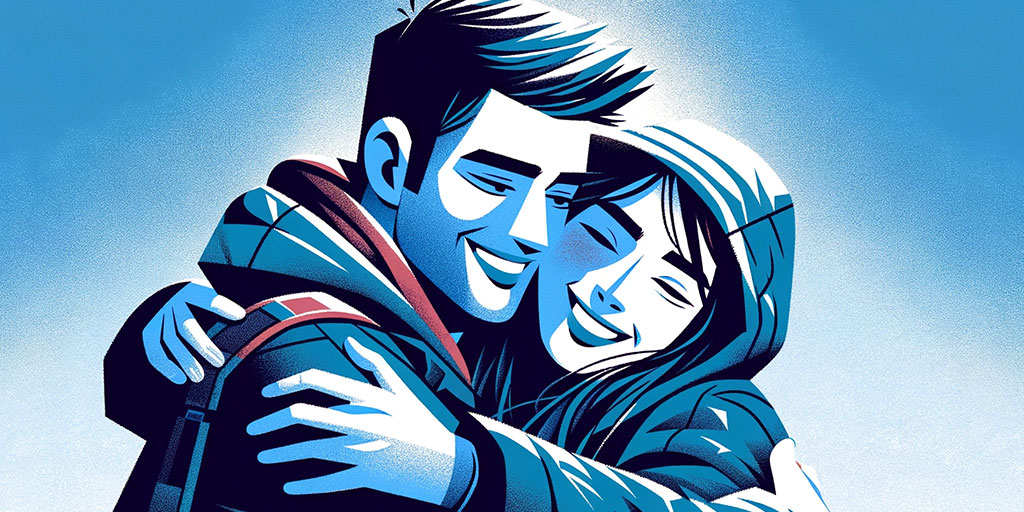
Here, we examine the fascinating world of social quirks, unraveling the intricate web of characters’ behaviors, interactions, and interpersonal dynamics. In this realm, we explore the distinct social tendencies, personas, and idiosyncrasies that define our characters’ roles within their communities and relationships, providing readers with a glimpse into their intricate social landscapes.
- Is an enthusiastic hugger and greets nearly everyone with a warm embrace
- Takes it upon themselves to enforce social etiquette and protocol, often correcting others’ manners
- Likes their personal space boundaries and may step back or create distance in crowded settings
- Documents social events with photos, often sharing them on social media in real time
- Shares every aspect of their life on social media
- Is always precisely on time for social gatherings
- Has a unique and intricate secret handshake for each of their close friends
- Adheres rigorously to social protocols and etiquettes
- Effortlessly adapts their behavior and personality to blend in with different social groups and situations
- Has a knack for giving peculiar, unconventional, or delightful gifts
- Quietly slips in and out of social gatherings to avoid drawing attention
- Is a patient and empathetic listener
- Ensures that introverts feel comfortable and included
- Remember obscure details about people’s lives
- Orders dishes that can be shared with others
- Frequently suggests new or unconventional social protocols, challenging established norms
- Is a repository of unusual and fascinating trivia in social settings
- Introduces icebreaker games and activities at gatherings to help people connect
- Takes charge of planning and organizing social events
- Is extremely polite or rude
- Maintains a reserved and distant demeanor, preferring observation over active participation in social situations
- Cultivates an aura of mystery, rarely revealing personal details or experiences in social settings
- Offers enigmatic smiles that leave others wondering about their thoughts or intentions
- Maintains a cheerful demeanor even in challenging or uncomfortable social situations
- Sets social trends and influences others with their fashion choices, hobbies, or lifestyle
- Battles extreme shyness in social situations
Eating and Drinking Quirks
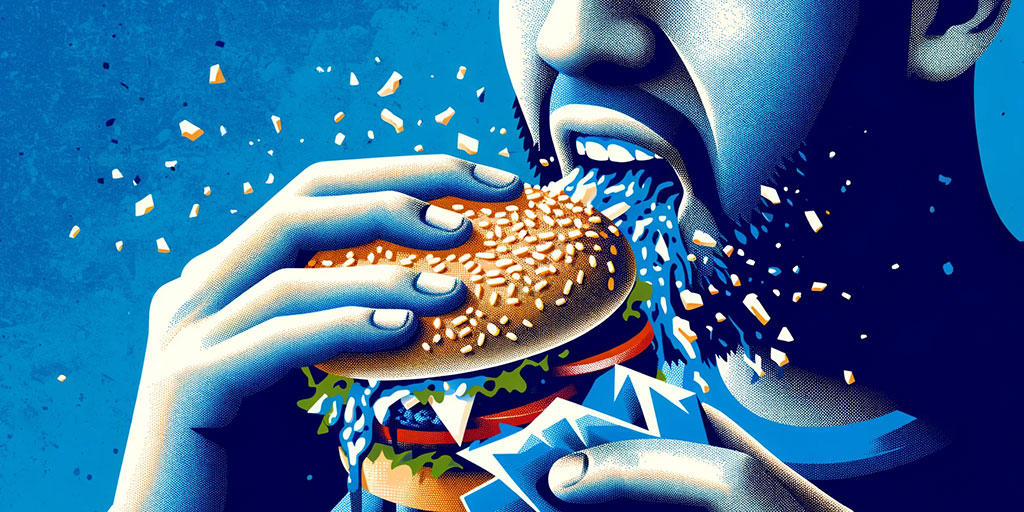
Next, let’s delve into the territory of eating and drinking quirks, where characters’ culinary habits and preferences become a flavorful part of their identities. Within this realm, we’ll explore the unique ways characters consume food and beverages, uncovering the delicious quirks that add depth and relatability to their gastronomic experiences and interactions.
- Takes their time to savor every bite
- Always takes snacks wherever they go
- Eagerly tries new and exotic foods
- Has an exceptionally sensitive palate, easily detecting subtle flavors and nuances in dishes
- Has a collection of various condiments and sauces, often trying to match the perfect one with each meal
- Scarfs down the food
- Prefers to deconstruct their meals, eating each component separately rather than mixing them
- Often seeks out the spiciest dishes available
- Belches loudly after eating
- Enjoys mixing different foods together, creating unique flavor combinations on their plate
- Arranges their food on the plate with artistic precision, creating visually stunning meals
- Constantly talks about dieting a calories
- Often eats finger foods without utensils, even in formal dining settings
- Always orders the same thing
- Is a messy eater
- Grazes on small snacks throughout the day rather than having traditional meals
- Photographs their meals before eating
- Only eats organic food
- Makes audible sounds while eating
- Chew their food with their mouth closed, avoiding any audible eating sounds
- Meticulously investigates ingredient lists and potential allergens in their food
- Carefully wraps and saves leftover food, minimizing food waste
- Eats off other people’s plates
- Stirs their drinks, even when they’re already well-mixed
- Has an extensive collection of teas and carefully pairs them with specific foods.
- Critiques restaurant dishes, evaluating flavors, presentation, and service
- Organizes their refrigerator, arranging food items by category and expiration date
- Dislikes eating in front of other people
- Has specific pre-meal rituals or blessings they perform before eating
- Collects and enjoys aged wines and spirits
- Follows a specific diet, e.g., no-carb, vegan
Ability and Inability Quirks
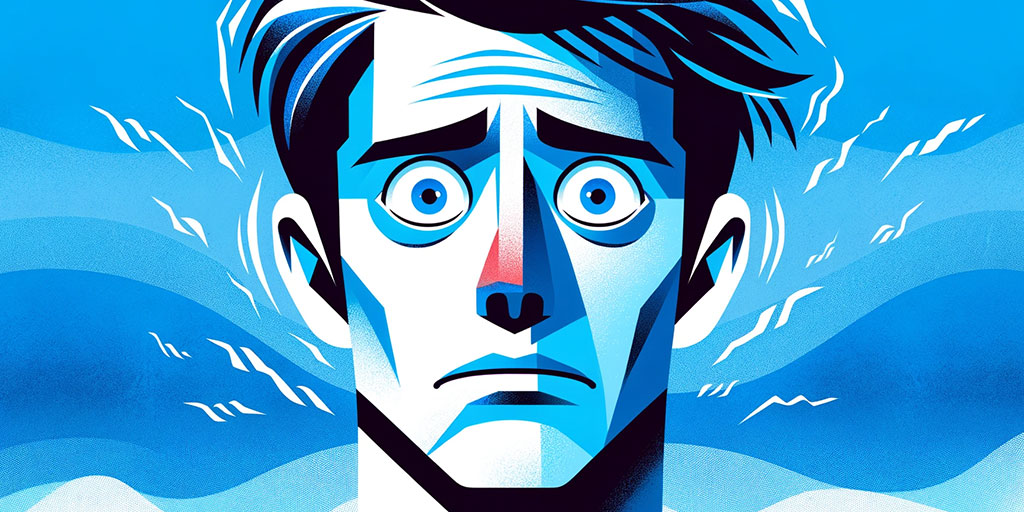
Lastly, let’s step into the dimension of ability and inability quirks, where we explore the exceptional talents and limitations that define our characters’ capabilities. Within this realm, we’ll uncover the distinctive traits that set them apart, whether it’s extraordinary skills or challenges that shape their experiences and interactions, offering readers a look into the complexities of their individuality.
- Speaks plenty of languages
- Excels at playing various musical instruments or have perfect pitch
- Possesses exceptional mathematical abilities
- Can imitate the voices, accents, and mannerisms of others
- Can perform acrobatic stunts or daredevil feats
- Has an innate sense of direction
- Is a persuasive speaker that can captivate audiences and sway opinions
- Possesses an intuitive understanding of herbal remedies and natural healing techniques
- Can communicate with and understand the behaviors of animals, often forming unique bonds with them
- Is technologically gifted, able to troubleshoot and repair electronic devices
- Has an impeccable sense of time, barely needing a watch
- Excels in various artistic disciplines such as painting or sculpture
- Intuitively understands the thoughts and emotions of others
- Is calm under pressure
- Can recall dates, historical events, and birthdays accurately
- Is good at resolving crises
- Can rapidly acquire new skills and information
- Is clumsy and has frequent accidents
- Forgets important items or loses their way in familiar places
- Struggles to navigate social situations
- Is unable to sing in tune
- Avoids taking risks and is cautious to the point of missing out on new experiences
- Becomes easily frustrated in lines or traffic
- Is untidy and disorganized
- Doesn’t understand creative or figurative language and interprets everything literally
- Often oversleeps
- Has difficulty negotiating successfully
- Is often late
- Mispronounces or forgets names
- Mixes up words and phrases
- Frequently misplaces everyday items like keys or phones
How to Use Character Quirks
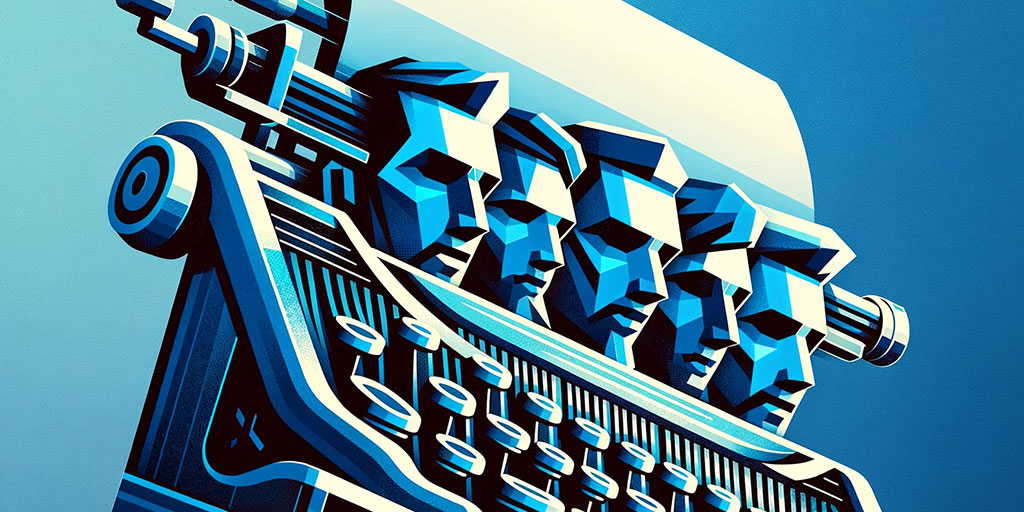
Character quirks are not just elements that you should randomly throw into your story, since they will then contribute little of value. If you incorporate them thoughtfully and purposefully, however, they can elevate your storytelling, making your characters more engaging, relatable, and memorable for your readers. Let’s take a look at some strategies to accomplish this.
1. Relevance to the Plot
Ensure that the character quirks you choose are relevant to the plot. Make them serve a purpose in the story.
Quirks can create conflict that drives the plot forward. For example, imagine a character with a phobia of heights who must climb a mountain to save a loved one. Their quirk of fear of heights becomes central to the plot as it presents a significant obstacle they must overcome, adding tension and suspense.
These idiosyncrasies can function as plot devices or key elements of the story’s resolution. For example, if a character has a quirk of an exceptional memory, their ability to recall obscure details may be the key to solving a mystery or unraveling a complex plot twist.
They can also emphasize the differences between characters, contributing to character dynamics and conflicts. For instance, if one character has a quirk of always being punctual and another character is perpetually late, their quirks can lead to conflicts and contrasting personalities, which can drive subplots or character arcs.
2. Balance and Realism
Avoid making quirks overly exaggerated or unrealistic, unless it serves a comedic or fantastical purpose in the story.
Balance ensures that quirks do not overshadow the character’s core traits or flaws. Characters should remain multifaceted with quirks complementing, rather than defining, their personalities. For example, a character who is extremely introverted (a core trait) may have a quirk of collecting antique typewriters, which adds depth to their character without reducing them to a stereotypical introvert.
They should also feel believable within the context of the story’s world and the character’s background. Overly exaggerated or unrealistic quirks can break the reader’s suspension of disbelief and make the character come across as caricatured or artificial. For example, in a serious, realistic drama, a character with a quirk of spontaneously bursting into song at times of tension might seem out of place and disrupt the story’s tone.
3. Origins and Motivation
Consider the origins of the quirks. Understanding why a character possesses a particular quirk can add depth, authenticity, and emotional resonance to the narrative.
By delving into the origins of a character’s quirks, you can create a more well-rounded and relatable character. Quirks often have roots in past traumas or significant life events. These experiences can shape a character’s worldview, fears, and desires. By revealing the origin of a quirk, you can illustrate how a character copes with or responds to trauma.
For instance, a character with a quirk of constantly checking locks and windows may have experienced a burglary in their childhood, leading to a lasting fear of intrusion.
4. Show, Don’t Tell
Rather than explicitly stating a character’s quirks, reveal them through their actions, dialogue, and interactions with others. Show how the quirks affect their daily life or how others perceive them.
Show the quirks through the character’s behavior and let the audience deduce or infer the quirks themselves. This engages the reader’s curiosity and encourages them to actively participate in understanding the person. For instance, if someone has a quirk of collecting antique postcards, you can depict them eagerly browsing antique shops, carefully selecting cards, and excitedly examining each find.
Quirks usually manifest in the way characters speak (overly formal), or interact with their surroundings (an impeccably organized home). Reactions from other characters can also be used to reveal them.
5. Character Development
Quirks can evolve over the course of the story as characters grow or change, primarily for round characters. Use quirks to show character development or regression.
For example, consider a character who initially has a quirk of being excessively shy and avoiding social situations. Through a series of challenges and experiences, this character gradually becomes more confident and outgoing. The quirk may transform into a more subtle form, like occasionally feeling nervous in social settings but no longer avoiding them altogether. This evolution showcases the character’s development.
6. Symbolism and Theme
Consider how quirks can symbolize broader themes in the story. A character’s unique habits or behaviors can be used as metaphors or symbols that enhance the narrative’s meaning.
For instance, if your story deals with themes of time and mortality, you can give a character the quirk of carrying a vintage pocket watch that is a family heirloom but that no longer functions. This underscores the fleeting nature of life and the importance of valuing family heritage and memories.
7. Audience Connection
Make quirks relatable or endearing to the audience. A well-chosen quirk can help readers or viewers connect with a character on a personal level.
If, for example, a character has a habit of baking homemade cookies and sharing them with friends and colleagues, it will endear the character to the audience by highlighting their nurturing, caring, and kind nature.
8. Avoid Clichés
Be cautious of using clichéd quirks that are overused in literature or media. Strive for originality to make your characters stand out.
Instead of giving a librarian the stereotypical quirk of wearing glasses and shushing people, make them a tea connoisseur that hosts informal tea-tasting sessions at the library. Or, what about a police officer who Collects vintage recipe books and loves experimenting with gourmet cooking, instead of the doughnut-devouring cop stereotype that is so desperately overused?
Common Character Quirk Pitfalls to Avoid

Just as quirks can breathe life into your characters, they can also pose pitfalls that might hinder your storytelling. Below, we’ll describe the common mistakes you should steer clear of when infusing quirks into your characters.
- Cultural Stereotyping: Avoid assigning quirks that rely on stereotypes or clichés related to a character’s gender, ethnicity, nationality, religion, or other characteristics. This can lead to one-dimensional, mean-spirited or hurtful portrayals.
- Inappropriate/Offensive Quirks: Be sensitive to the potential impact of certain quirks, especially those related to sensitive topics like mental health, disabilities, or trauma. Avoid quirks that could be offensive or misrepresentative.
- Random Introduction: Don’t introduce a new quirk when your readers have already known the character without that quirk for dozens of pages. It’s obviously not relevant to the plot or character development anymore by then, so rather omit it.
- Overloading Characters: Be cautious about giving characters too many quirks. Overloading a character with quirks can make them feel contrived or confusing. One or two well-chosen quirks are often sufficient.
- Not Explaining Quirks: If a quirk is unusual or has a significant impact on the character or story, provide some explanation or backstory for it. Leaving quirks unexplained can leave readers or viewers feeling unsatisfied.
- Forcing Quirks on Every Character: Not every character needs a quirk. Some may have more subtle or ordinary traits, and that’s perfectly acceptable. Reserve quirks for characters where they add depth or significance to the narrative.
- Using Quirks as Gimmick: Avoid using quirks solely as gimmicks or plot devices. Quirks should serve the purpose of character development, thematic exploration, or conflict.
Frequently Asked Questions
Below, we address common queries about the fascinating world of character quirks, helping you explore the intricacies of these unique traits and how they can bring depth and authenticity to your fictional characters.
What Are the Most Common Character Quirks?
The most common character quirks revolve around personality traits, behaviors, emotions, communication, appearance, movements, eating, drinking, and social interactions. But it is better not to use very common ones, as they are typically too clichéd to be credible.
What Makes a Good Character Quirk?
A good character quirk is one that enhances a character’s depth, relatability, or uniqueness within the context of the story. It should serve a purpose, whether by revealing personality traits, contributing to the plot, or symbolizing broader themes, while also striking a balance between realism and intrigue for a well-rounded and engaging character.
Can a Character Have Too Many Quirks?
A character can most definitely have too many quirks if they become overwhelming or distract from the core narrative. It’s important to strike a balance, focusing on a few well-chosen quirks that enhance the character’s depth and relevance to the story rather than inundating them with excessive traits that may dilute their impact.
Can Character Quirks Change or Evolve Over Time?
Absolutely. Character quirks can change or evolve over time, adding layers to a character’s development. These changes may be influenced by significant events, personal growth, or external factors, making characters more dynamic and relatable as they adapt and transform throughout a story.
Can Two Characters Have the Same Quirk?
Two characters can have the same quirk, but the impact and interpretation of that quirk may vary significantly based on their individual personalities, backgrounds, and the context of the story. While the quirk itself may be similar, how each character expresses and experiences it can create distinct and interesting character dynamics. For example, if two people are bookworms, an introvert may find finds solace and quiet escape in books, while an extroverted literature professor may revel in sharing their passion with others in a social setting.
Do All Characters Need Quirks?
Not all characters need quirks, but they can greatly enhance character depth and engagement in a story. As such, it is a good idea to create quirks for your main characters to make them more relatable and memorable. But every secondary character definitely doesn’t need a quirk.
Final Thoughts
As you embark on the journey of creating memorable characters, quirks are your allies in crafting individuals who leap off the page and into readers’ hearts and minds. But this happens only if they are chosen thoughtfully and integrated seamlessly.
If your characters’ quirks complement the plot, has realistic roots in the individual’s backstory, shows character development, and supports the main theme of your story, then you are on the right track to craft characters that linger in readers’ minds long after the last page is turned.
Character Development Quiz (Hard)








